Military Knowledge: E95M Target Drone
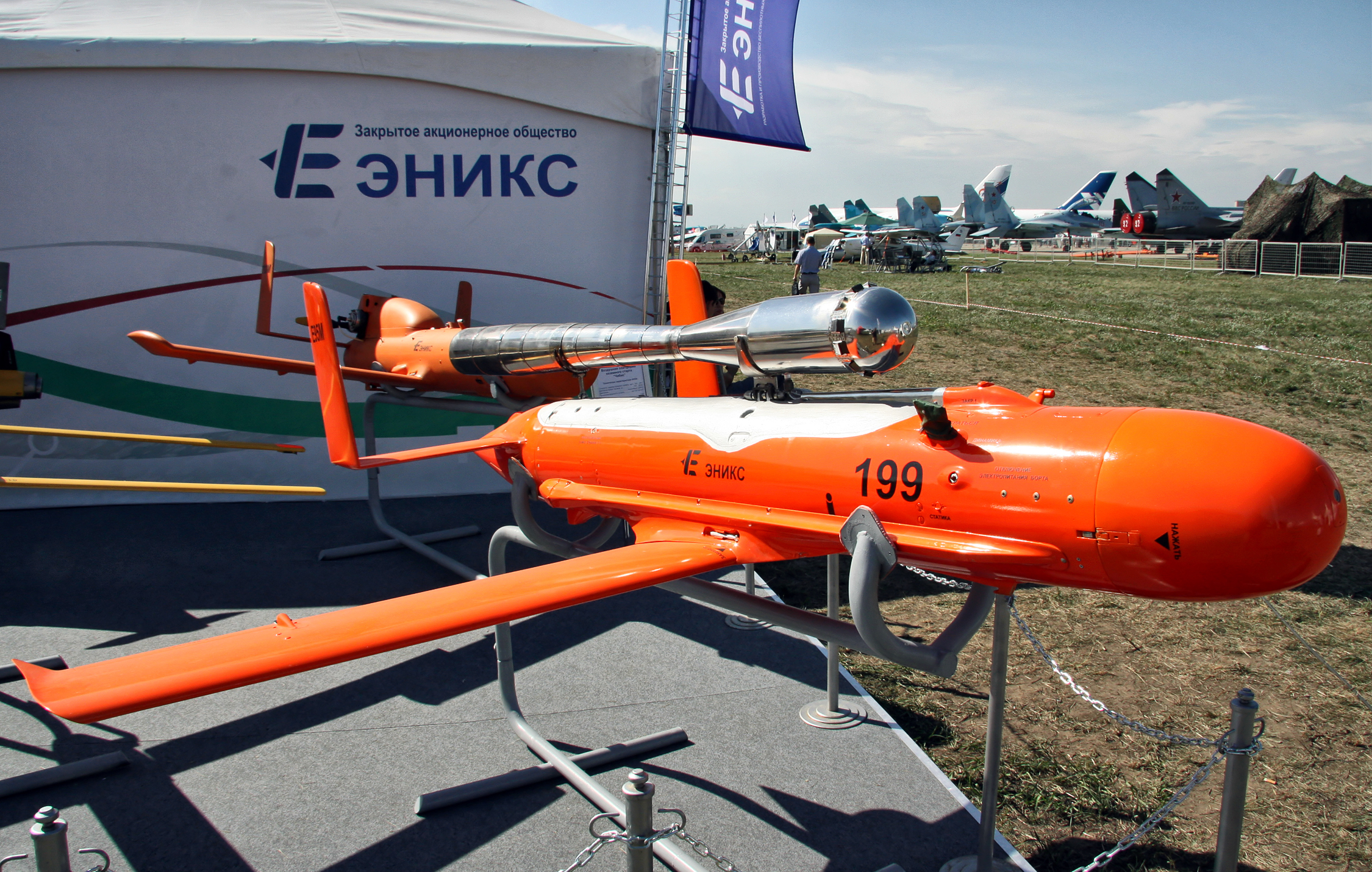
The E95M is a Russian target drone that is designed to provide combat training for troops and for testing air defense systems. The E95M simulates manoeuvrable targets such as RPVs, gliding guided aerial bombs, cruise missiles, and select planes and helicopters of tactical and army aviation.
One of the things to consider about this drone is the use of the M135 Pulsejet engine. Pulsejet engines are the simplest type of jet engines and in the valveless type they do not have any complicated moving parts. The use of this engine greatly reduces the cost of construction.
There are two main types of pulsejet engines, both of which use resonant combustion and harness the expanding combustion products to form a pulsating exhaust jet that produces thrust intermittently. The first is known as a valved or traditional pulsejet and it has a set of one-way valves through which the incoming air passes. When the air-fuel is ignited, these valves slam shut, which means that the hot gases can only leave through the engine’s tailpipe, thus creating forward thrust.
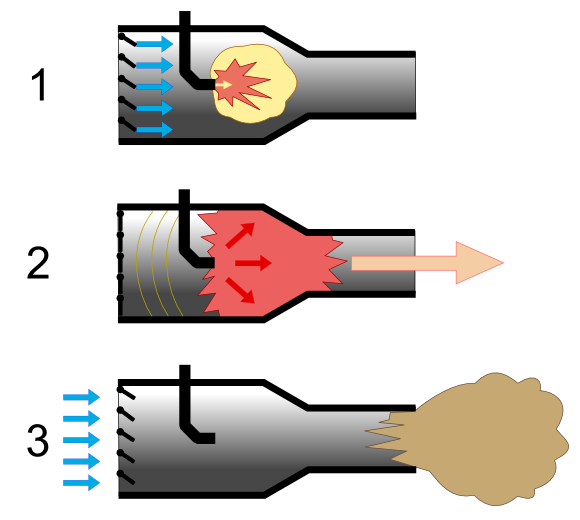
The second type of pulsejet is known as the valveless pulsejet. The valveless pulsejet is, mechanically speaking, the simplest form of pulsejet, and is, in fact, the simplest known air-breathing propulsion device that can operate “statically”, i.e. without forward motion. Valveless pulsejet engines have no mechanical valve, eliminating the only internal “moving part” of the conventional pulsejet.
One notable line of research of pulsejet engines includes the pulse detonation engine, which involves repeated detonations in the engine, and which can potentially give high compression and reasonably good efficiency.
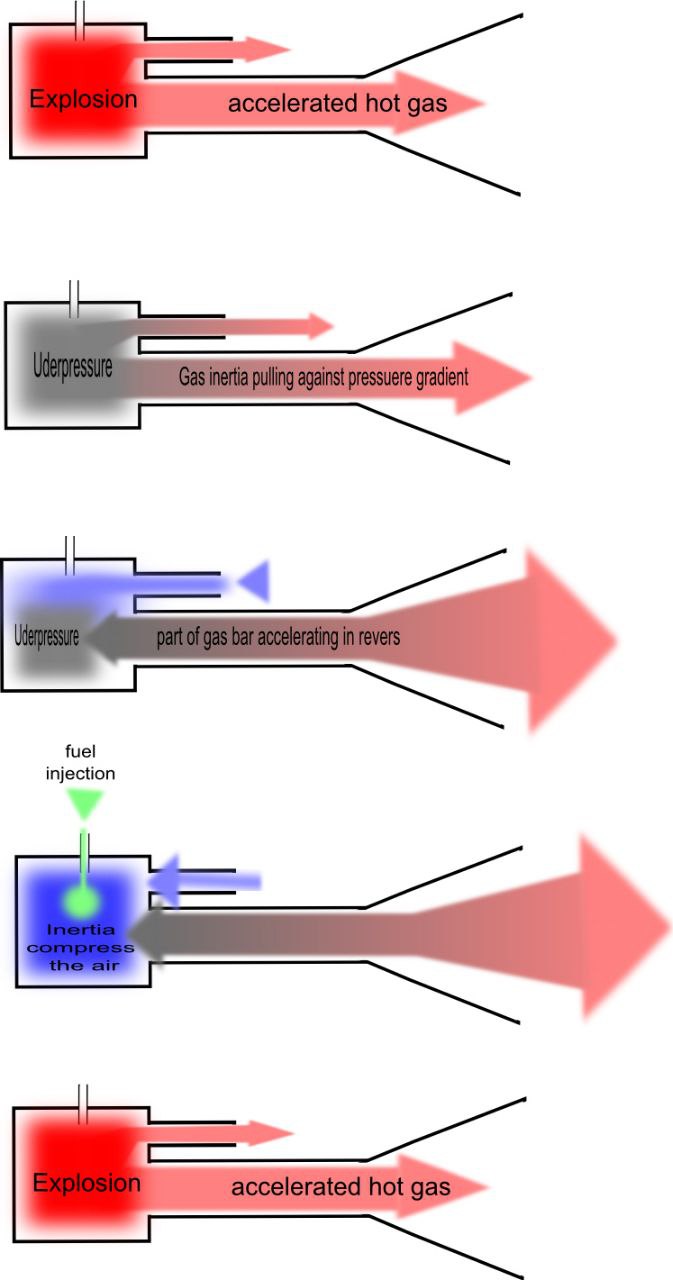
Working mechanism of a valveless pulsejet engine
The takeoff is carried out using a low-pressure pneumatic catapult. Landing and recovering is carried out using a parachute that is placed in its body.

The E95M target drone is controlled by a ground mobile control station. The ground control station is mounted on an off-road chassis KAMAZ-4350, GAZ-3308 or Ural-4320. The control station is completely autonomous and provides tracking and control of the drone at a distance of up to 70 km.
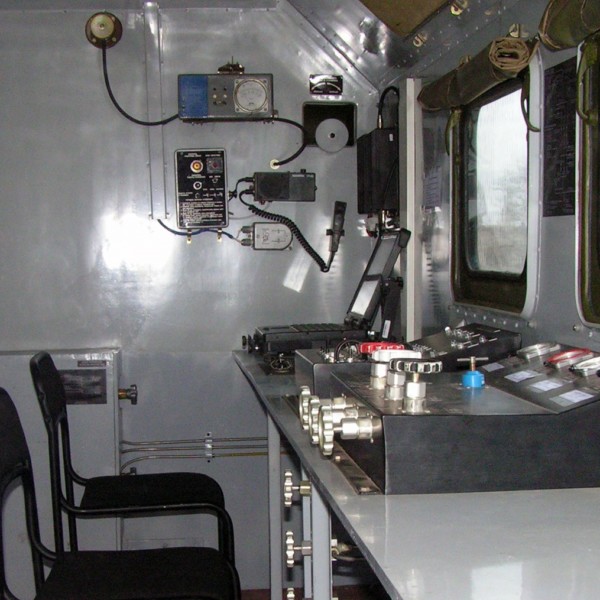
One of the cargoes of this drone in order to increase the cross-sectional area of the radar and simulate larger aircrafts is the Luneberg lens. Due to its geometry, the Luneberg lens causes resonance in the radar waves in the return wave and amplifies it and increases the overall cross section of the bird.
Therefore, removable Luneburg lens type radar reflectors are sometimes attached to military aircraft in order to make stealth aircraft, such as the F-35 fighter, visible during training operations, peacetime or to conceal their true radar signature.

More pictures of the E95M target drone:





E95M specifications:
Length: 1.2 m
Wingspan: 2.4 m
Range: 50 km
Flight ceiling: up to 3000 meters
Flight duration: 32 minutes
Maximum speed at low altitude: 300-400 km/h
Available maneuvers: Dive, pull up (lifting the nose), S-turn
Engine: PuVRD M135 Pulsejet
Engine thrust: 150 newtons
Take-off weight: 70 kg
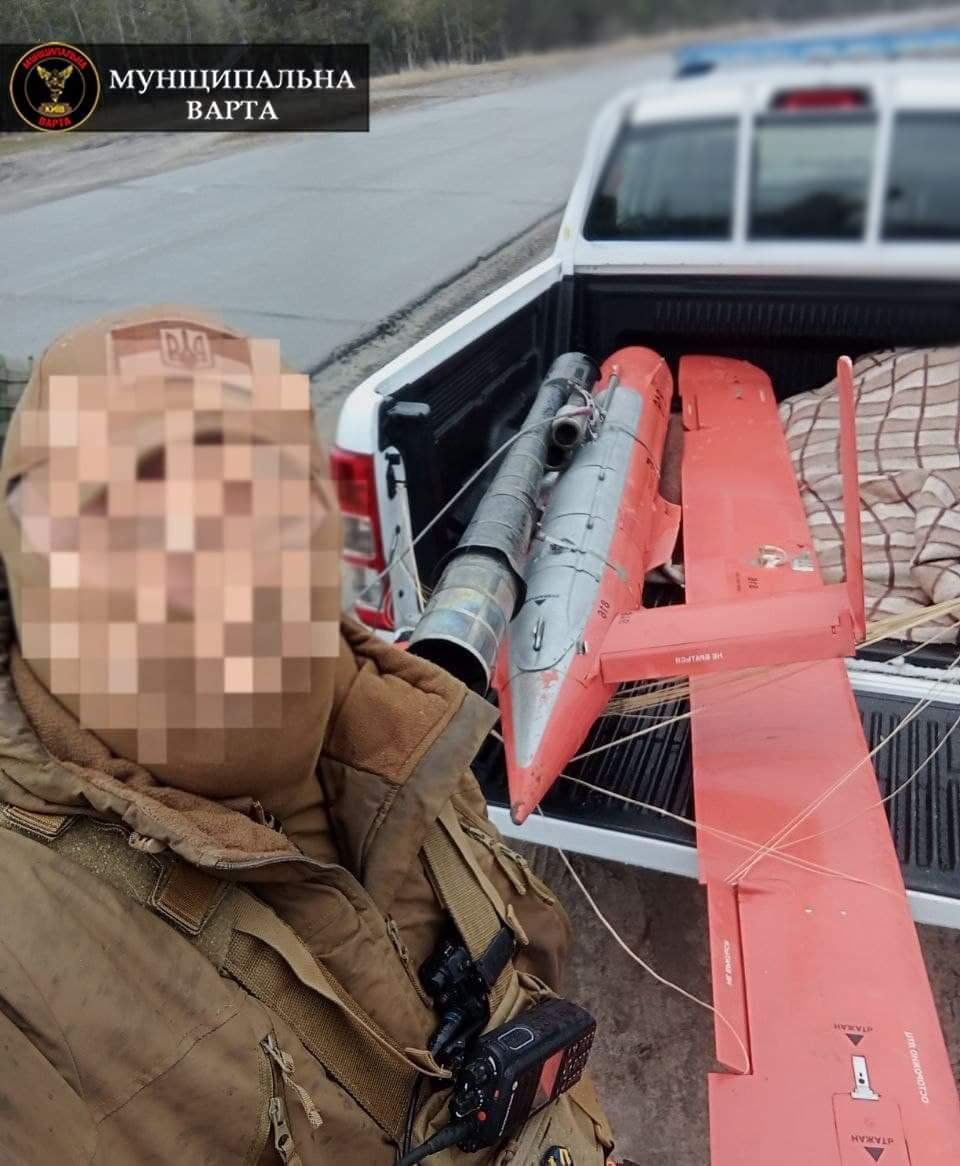


Source:
БПЛА-мишень E95М
Pulsejet engine
Valveless pulsejet
Luneburg lens




Comment